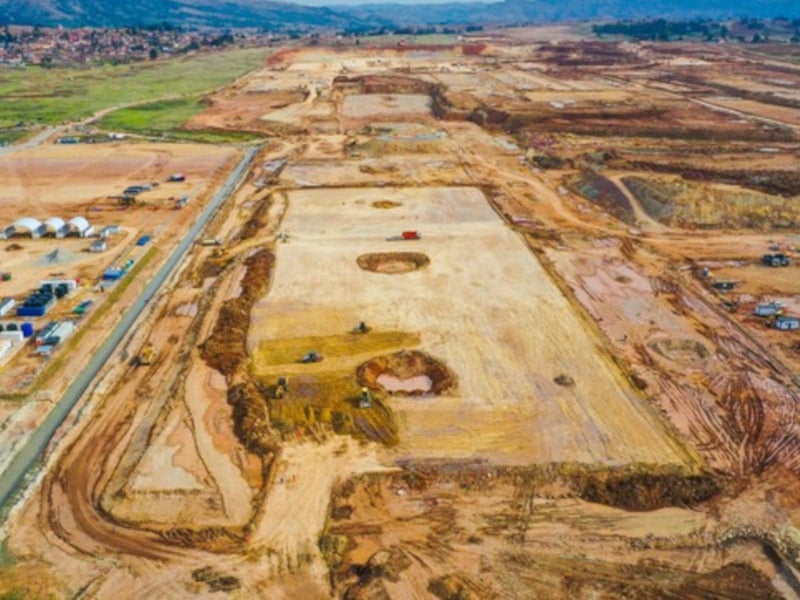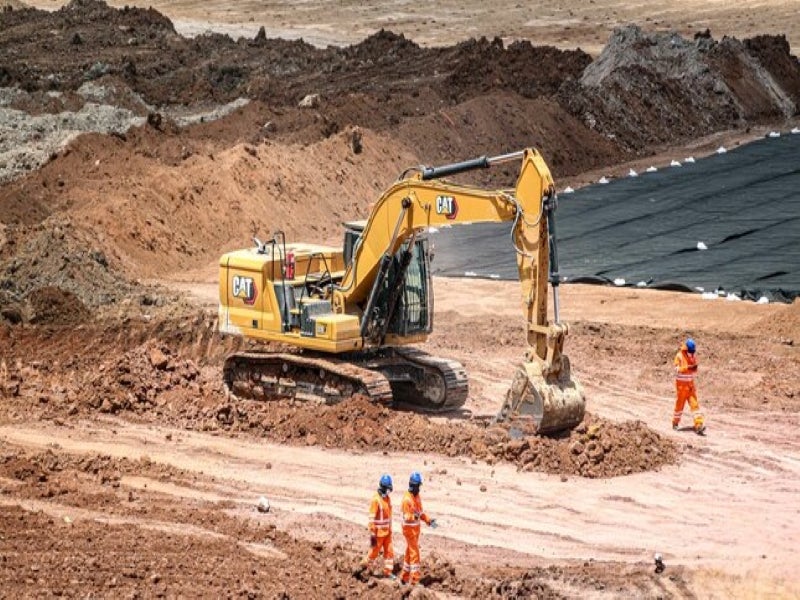The new Chinchero international airport is being developed in the Urubamba province of Peru by the country’s Ministry of Transport and Communications (MTC) to replace the existing Alejandro Velasco Astete international airport.
Developed with an estimated investment of $427m, this will be the first airport in Peru to be built with eco-friendly infrastructure, and will be eight times larger than the existing airport, with a passenger capacity of five million a year.
Construction of the airport began in 2018 and operations are expected to begin by 2026.
The project is expected to create more than one million direct and indirect employment opportunities. It will connect the region with other international airports, providing access to tourist attractions such as Machu Pichu and enabling a sustainable increase in domestic and international travel, as well as boosting socioeconomic development locally and regionally.
Location
The airport is being developed on 454 hectares of land in the town of Chinchero, 30km from Cusco city in the Urubamba province of the Chinchero district of Peru.
It will be the second largest airport in the country after the Jorge Chávez international airport, and will provide direct international connections to cities including Bogotá, Rio de Janeiro, Buenos Aires, Santiago, Quito and Panama.
Airport infrastructure
Chinchero international airport will accommodate both domestic and international flights. It will include a 40,000m² (430,556ft²) multilevel terminal building with 13 gates, a 4,000m long runway, a parallel taxiway and apron, an air traffic control tower and a control centre.
The passenger terminal will feature arrival and departure halls, immigration services, passport controls for international flights and security checkpoints, along with 12,500m² for parking.
The airport will also include an aircraft parking platform with 11 parking areas, an aviation firefighting and rescue building, a general aviation hangar, a multi-functional facility for maintenance, substations and other airport infrastructure.
Partners and contractors involved
MTC is developing the project with technical assistance from the Republic of Korea through a project management office (PMO).
Korean Airports and engineering, construction and project management company Hanmi Global will work as the PMO, managing the project from design review to construction and commissioning.
A joint venture (JV) comprising construction companies Hyundai Engineering & Construction (E&C), along with Sinohydro, ICA and HV Contratistas, was selected as the airport’s main contractor in August 2021.
In March 2021, Hyundai E&C also won the contract for site preparation works in a JV with HV Constratista.
Consulting company WSP is supervising the earth-moving works, while geotechnical services provider Encardio Rite performed sub-soil monitoring works and provided technical support during installation.
The contract for the construction supervision was awarded to a JV comprising engineering and consulting companies GHESA Ingeniería y Tecnología, Eptisa, TEC-4 and Airia Ingeniería y Servicios.
Architecture company StudioMaac was the lead architect for the airport’s terminal building and control tower, with Oscar Borasino serving as the associate architect.
Vinci Construction Grands Projets, a construction and engineering company, was appointed as the project manager.
Architecture company SUMAC reviewed the initial drawing and specifications of all the buildings to ensure that they complied with the most recent International Air Transport Association (IATA), Federal Aviation Administration (FAA), and local Peruvian aviation standards and regulations.




